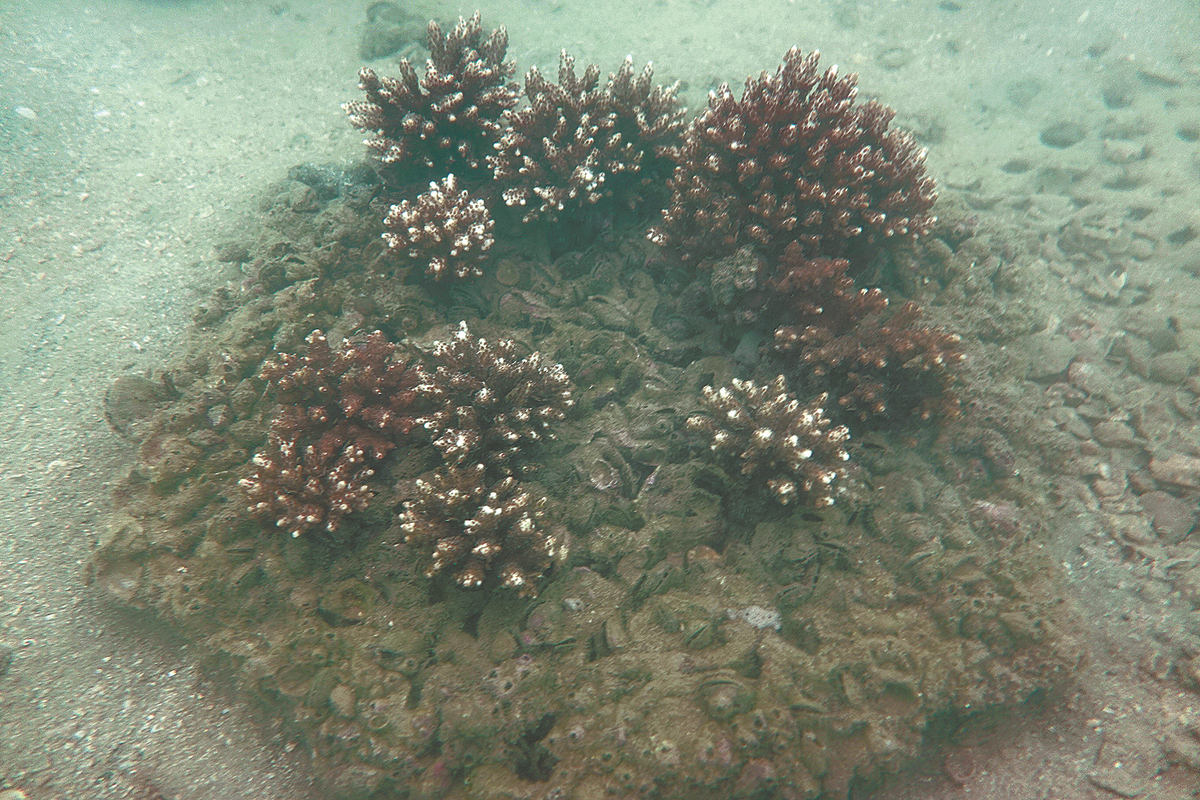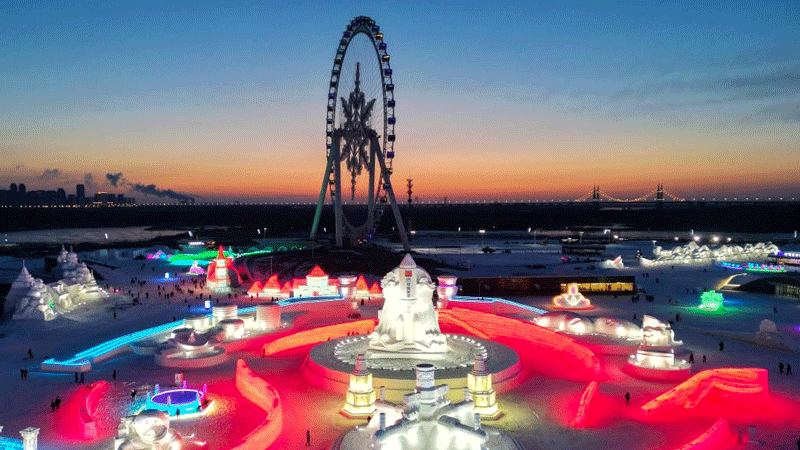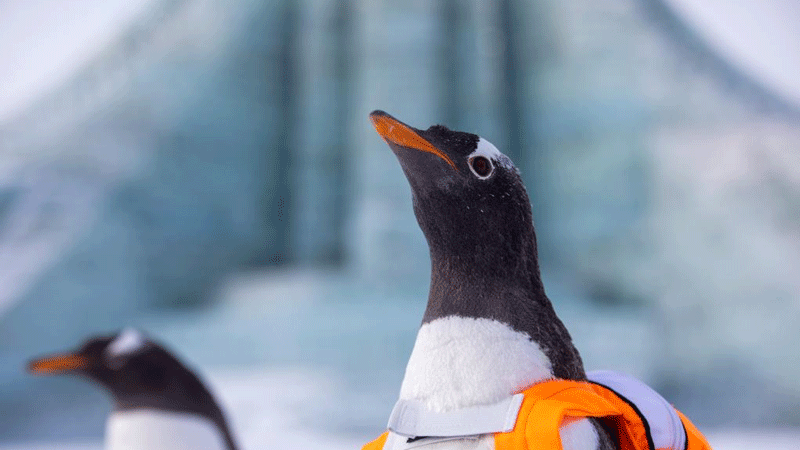Marine technology makes Greater Bay Area greener, safer (4)

Corals growing on a 3D-printed reef tile. [Photo provided to China Daily]
More efforts
Some companies are stepping up efforts to return life to marine waters.
For example, Archireef, a Hong Kong startup produces 3D-printed reefs to help coral that has lost its habitat to human activities.
Vriko Yu, the company's co-founder and CEO, said artificial coral reefs on the market are mainly made from concrete, which compared with seawater, has a much higher pH value — a measurement of the acidity or alkalinity of a solution based on the amount of hydrogen in the water. As a result, concrete is unsuitable for the growth of marine life.
Yu's company makes reef tiles from clay soil, the pH value of which is closer to that of the marine environment. The developers add features to these artificial tiles via 3D printing technology. For instance, tiles printed by using such technology have intricate ridges that resemble the structure of real reefs.
In addition, three supports raise the reef tiles above ground, protecting coral from being eroded by sediment on the seabed.
The 3D-printed reef tiles have been installed at locations in Hong Kong such as Hoi Ha Wan Marine Park and Deep Water Bay to help restore the ecosystem and coral.
In September, Archireef established a branch in Abu Dhabi, United Arab Emirates, and applied such tiles to local marine conservation.
Last year, the output value of Guangdong's marine-related industries reached 1.99 trillion yuan, ranking first on the Chinese mainland for 27 consecutive years, according to the Guangdong Marine Economy Development Report (2022).
Shenzhen, the GBA's powerhouse, has been home to China's largest marine exhibition, the China Marine Economy Expo, since 2019. This year, more than 1,000 exhibitors and 300 industrial leaders from home and abroad took part in the expo, discussing and exchanging their views on the GBA and the nation's marine economy.
Experts said at the expo that as long as scientific research and collaborative regional innovation continues to be strengthened in the GBA, marine technology companies will find a broader stage for development and make a greater contribution to the Chinese marine economy.
Meanwhile, Zhuhai Yunzhou Intelligence Technology is developing a new system that allows rescue workers to complete their tasks without getting their feet wet.
The system comprises a network of security cameras, lifesaving equipment storage boxes, and rescue robots such as the Dolphin 1.The surveillance cameras identify people in danger in the water and send warnings back to a central control room. Staff members in the control room then open an equipment storage box placed nearby through remote control, activate a robot in the box and send it to locate and help those in trouble in the sea.
The system was first used in Zhuhai a few months ago. Despite the short time it has been in use, it has received a good response from many mainland companies and local governments, according to Lin, the company's manager for South and Southwest China. He added that the system will next be installed at Yantian Port, Shenzhen.
People making a living from the sea are wise to be wary of nature, but marine technology such as the Dolphin 1 takes inspiration from marine life to save humans. It also helps us better understand nature to protect marine fauna and flora.
 |
Photos
Related Stories
Copyright © 2022 People's Daily Online. All Rights Reserved.









